Do It Yourself
5 Herbs for Your Survival Garden
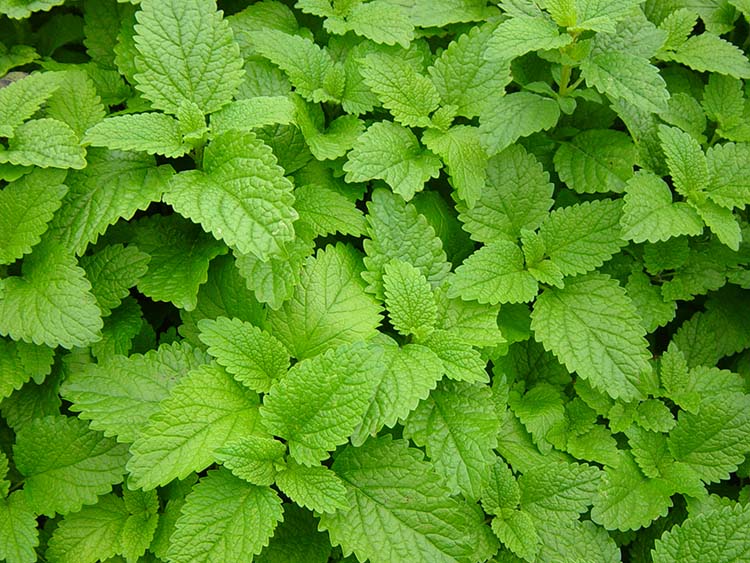
What Will You Plant in Your Garden This Spring?
All material in this article is presented for informative purposes only and should not be taken as medical advice or instruction.
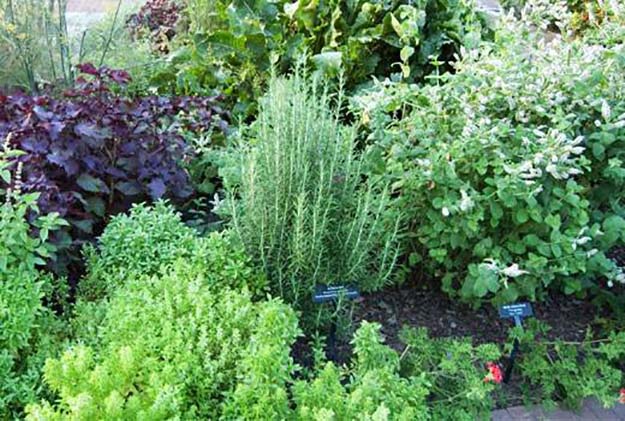
Herbs aren’t just for cooking. Many herbs possess medicinal properties that aid with so many ailments! Here are my top 5 herbs you should add to your survival garden this year.
1. Basil
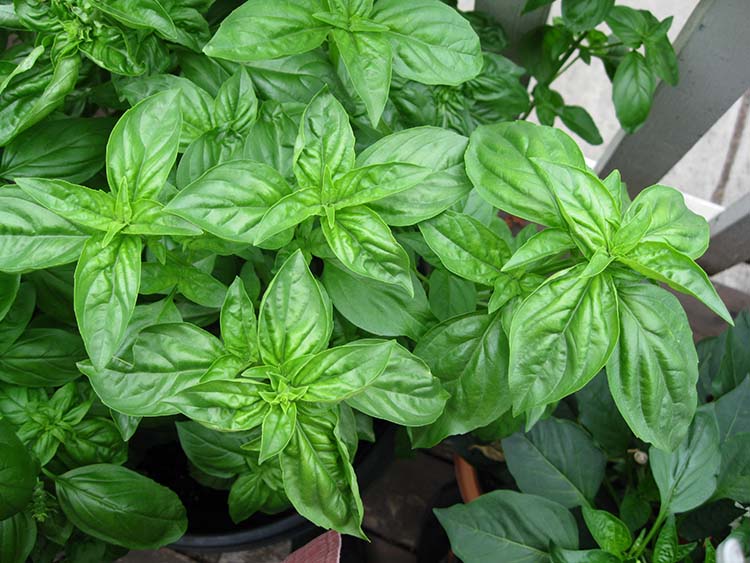
A popular additive in cuisines from around the world, basil is also known for its defenses against low blood sugar and antioxidant properties almost as much as it does for the rich flavor.
Basil offers several other medicinal uses, including as a deodorizer, anti-arthritic, topical antioxidant, anti-inflammatory, and insect repellent. When eaten, Basil provides us healthy doses of vitamins A, K, and C, as well as magnesium, iron, potassium, and calcium.
Grow your own basil from seed by sowing indoors in the early spring, then transplanting outdoors at least two weeks after danger of frost has passed.
| Germination: | 5 – 10 days |
| Hardiness: | Annual (very frost sensitive) |
| Light preference: | Full sun / Morning sun, afternoon shade (hotter climates) |
| Soil conditions: | Rich, moist, well-drained, pH 6 – 7 |
| Fertilizer: | Incorporate compost or blood meal at time of transplant
high-nitrogen (2:1:1 ratio) every two weeks thereafter. |
| Height: | 24 – 30” |
| Spacing: | 12 – 18” |
| Time to Harvest: | 10 weeks |
2. Cilantro
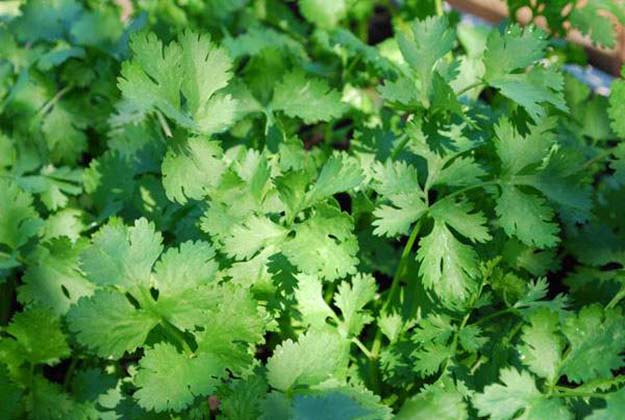
Cilantro is high in vitamin C, as well as several vitamins and minerals. It is also a revitalizing herb that aids with digestion and relieves inflammation that may cause gastric upset.
Grow your cilantro by sowing seeds directly outdoors during spring and summer. Once flower buds develop, leaves will become scarce. Harvest cilantro leaves as soon as they mature.
Remember to keep your cilantro plant tidy. Clean up any fallen leaves or other debris from around the plant to prevent fungal infections. Also, keep an eye out for parasites like aphids which enjoy munching on tender young cilantro stems.
| Germination: | 7 – 10 days |
| Hardiness: | Annual |
| Light preference: | Full sun / Light shade |
| Soil conditions: | Well-drained, pH 6.2 – 6.8 |
| Fertilizer: | Supplement with a balanced fertilizer every 4 – 5 weeks. |
| Height: | 12 – 18” |
| Spacing: | 4 – 12” |
| Time to Harvest: | 3 – 4 weeks |
3. Lemon Balm
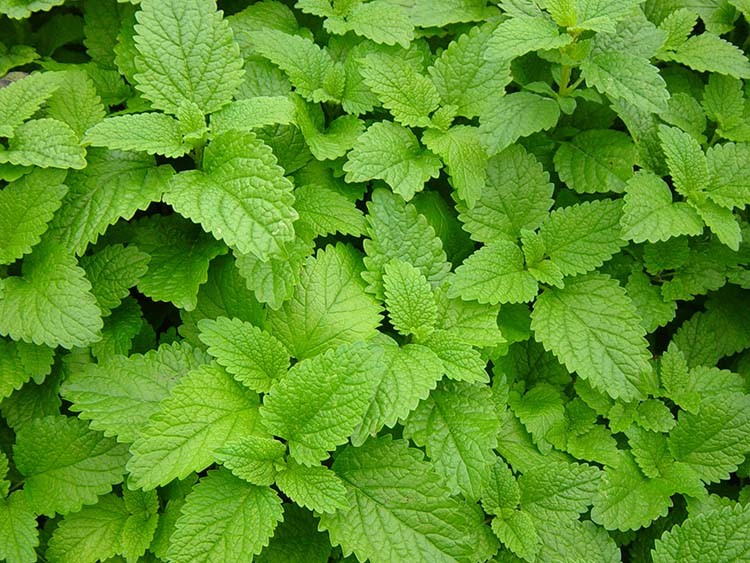
A member of the mint family of herbs, lemon balm is easy to grow and offers several health benefits in addition to its wonderful citrus aroma. Lemon balm naturally eases nerve and muscle tension. The fresh herb can be used to reduce inflammation and prevent infection. Because of its antiviral properties, lemon balm may be applied to reduce the healing time of cold sores. When ingested, lemon balm relieves gas, cramping, and stomach upset. Lemon balm tea is often consumed to promote mental clarity and alertness.
Grow your own lemon balm from seed by sowing indoors, then transplanting outdoors in spring or fall. To harvest, lemon balm is one of only a few herbs which may be cut all the way back to rejuvenate the plant. During cold months, lemon balm must be mulched to protect its roots if the temperature is expected to drop below 0°F/-18°C.
| Germination: | 7 – 14 days |
| Hardiness: | Zones 4 – 9 |
| Light preference: | Full sun / Morning sun, afternoon shade (hotter climates) |
| Soil conditions: | Rich, moist, well-drained soil, pH 6 – 7 |
| Fertilizer: | At time of planting: Incorporate a balance of nutrients (is: compost,
blood meal) into soil / high-nitrogen fertilizer every 2 weeks thereafter. |
| Height: | 18 – 26” |
| Spacing: | 2 – 4” |
| Time to Harvest: | throughout growing season |
4. Oregano
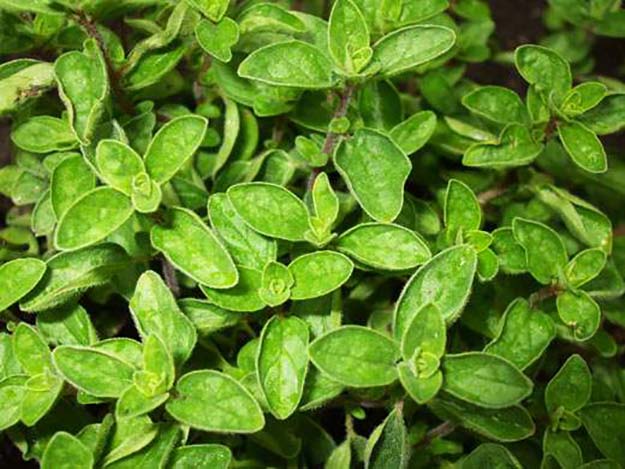
Oils distilled from oregano leaves can be used to treat respiratory maladies, digestive upset, parasitic infections including fungal infections, skin conditions like dandruff and psoriasis, muscle aches and joint pain. Oregano is also a natural insect repellant.
Grow your own oregano from seed by sowing indoors, then transplanting outdoors in early spring. When harvesting, remember that both Oregano leaves and flowers are edible and possess similar flavors. During cold months, oregano should be mulched or covered with a cold frame to protect roots from freezing.
| Germination: | 7 – 14 days |
| Hardiness: | Zones 4 – 9 |
| Light preference: | Full sun / Morning sun, afternoon shade (hotter climates) |
| Soil conditions: | Well-drained soil, pH 6.5 – 7 |
| Fertilizer: | Apply high-nitrogen fertilizer once in spring
when new growth begins to appear. |
| Height: | ground cover / 8 – 24” |
| Spacing: | 12” |
| Time to Harvest: | 11 – 13 weeks |
5. Parsley

As a natural antibacterial remedy, parsley can bolster your immune system and neutralize bad breath. Parsley is also a powerful antioxidant and anti-inflammatory which makes it great for digestion and detoxification. Please note: Pregnant women should stay away from this herb as parsley is also known to induce uterine contractions and has been known to cause miscarriage.
Grow your own parsley from seed by sowing indoors, then transplanting outdoors in early spring. Mulch around plants to keep soil moist, but avoid letting mulch touch the stems to prevent rot. To promote thicker foliage, cut parsley down to stems in early fall. In the second year of growth, once flower stalk appear, parsley becomes bitter and unpalatable. You may wish to allow blooming plants to go to seed and harvest for replanting the following year.
| Germination: | 14 – 30 days |
| Hardiness: | Biennial |
| Light preference: | Sun / Part shade |
| Soil conditions: | Rich, moist soil, pH 5.5 – 6.7 |
| Fertilizer: | Incorporate balanced fertilizer at planting time
then high-nitrogen every few weeks thereafter. |
| Height: | varies |
| Spacing: | 12 – 18” |
| Time to Harvest: | 10 – 11 weeks |
What herbs are you adding to your garden this year? Share with us in the comments below!
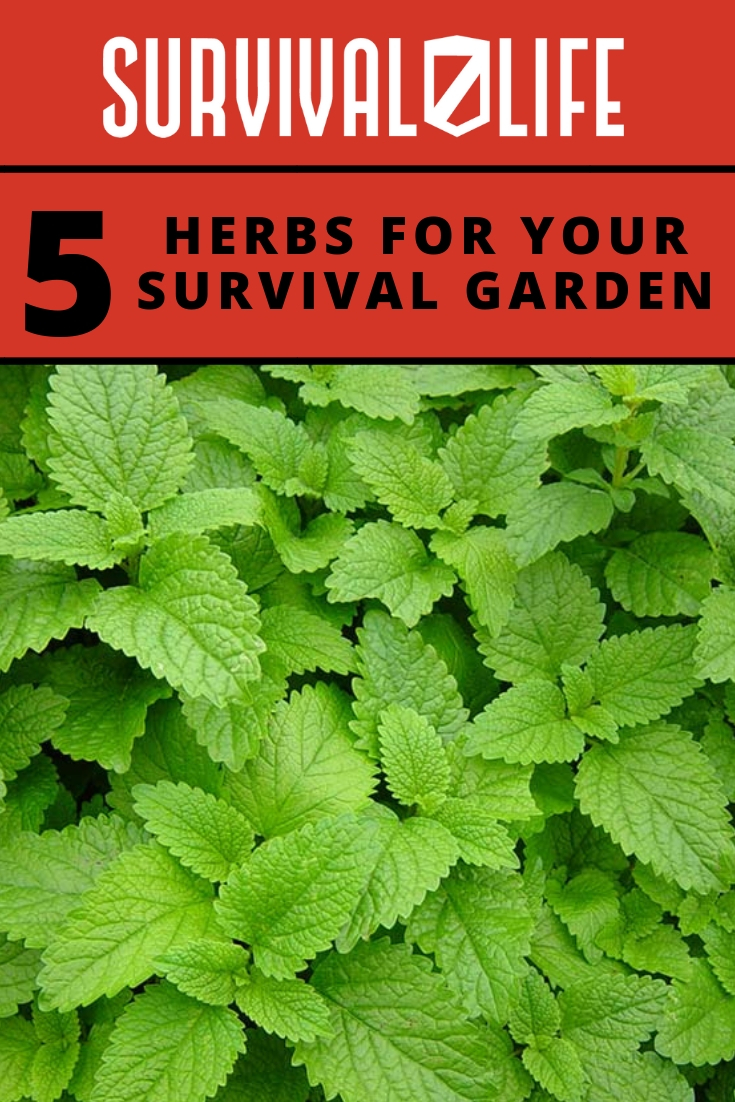
Want to learn more? Check out these related articles from our website:
30 Medicinal Plants That Could Save Your Life
Grow Your Own Organic Garden Even in Small Spaces
-

 Do It Yourself7 months ago
Do It Yourself7 months agoParacord Projects | 36 Cool Paracord Ideas For Your Paracord Survival Projects
-

 Do It Yourself10 months ago
Do It Yourself10 months agoHow To Make Paracord Survival Bracelets | DIY Survival Prepping
-

 Do It Yourself9 months ago
Do It Yourself9 months ago21 Home Remedies For Toothache Pain Relief
-

 Do It Yourself10 months ago
Do It Yourself10 months agoSurvival DIY: How To Melt Aluminum Cans For Casting
-

 Exports8 months ago
Exports8 months agoAre Switchblades Legal? Knife Laws By State

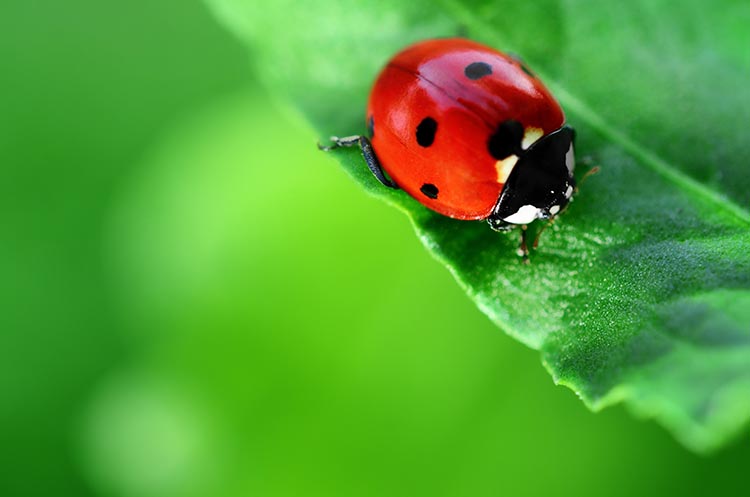
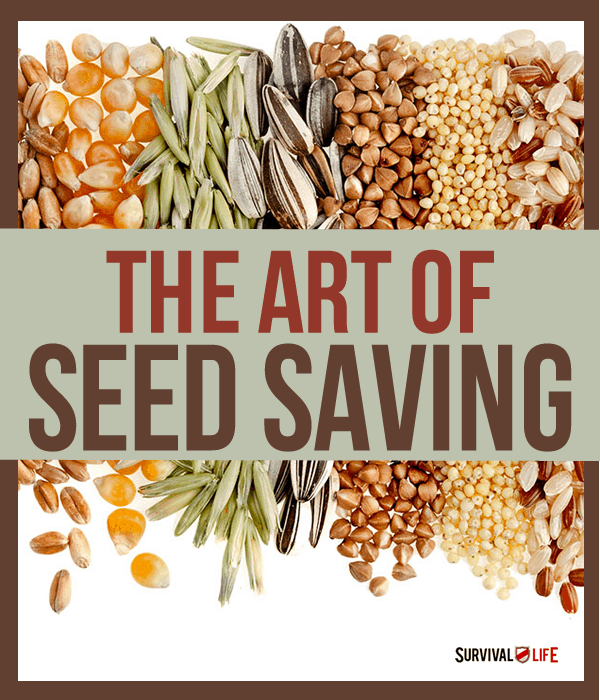
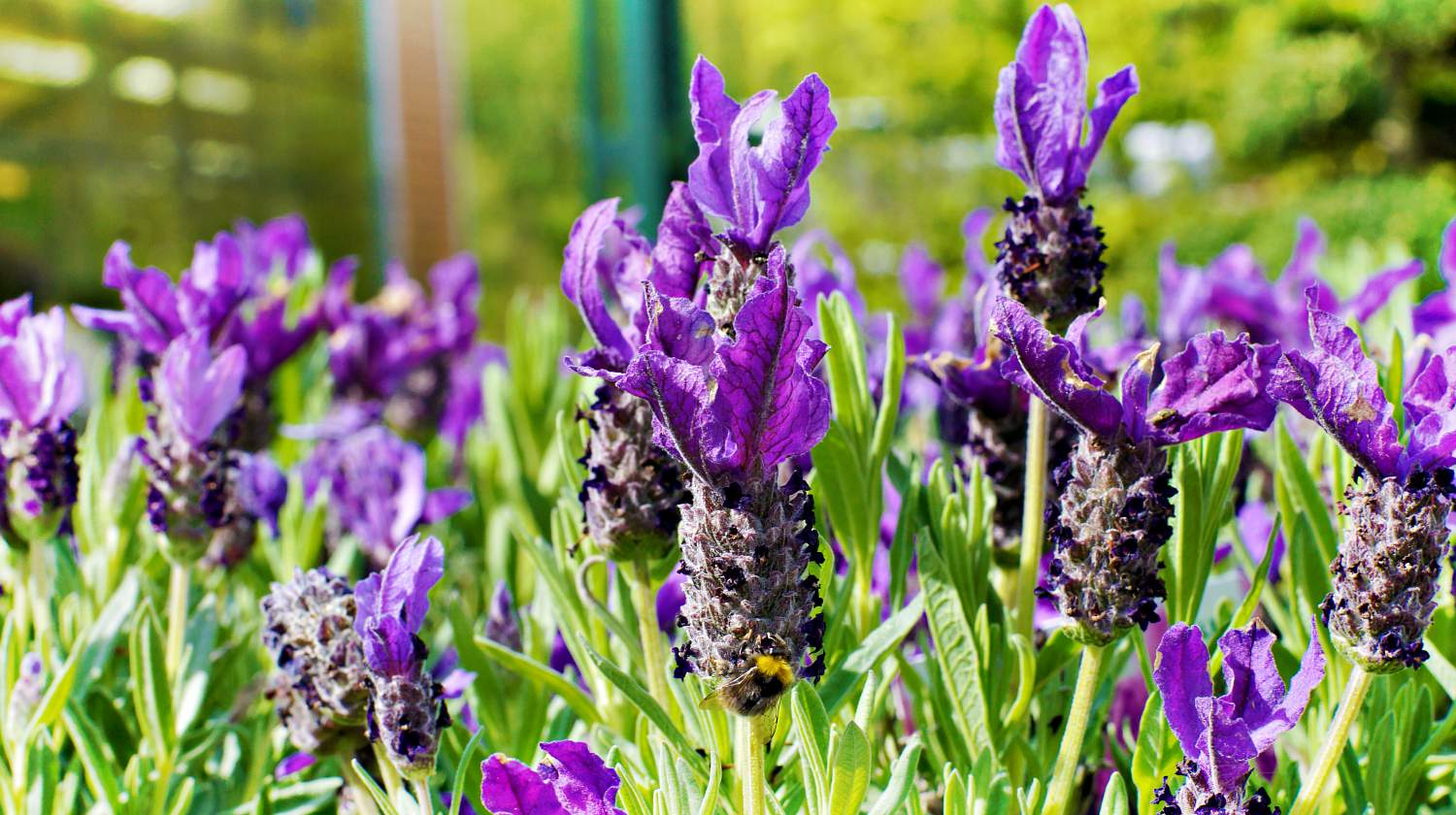
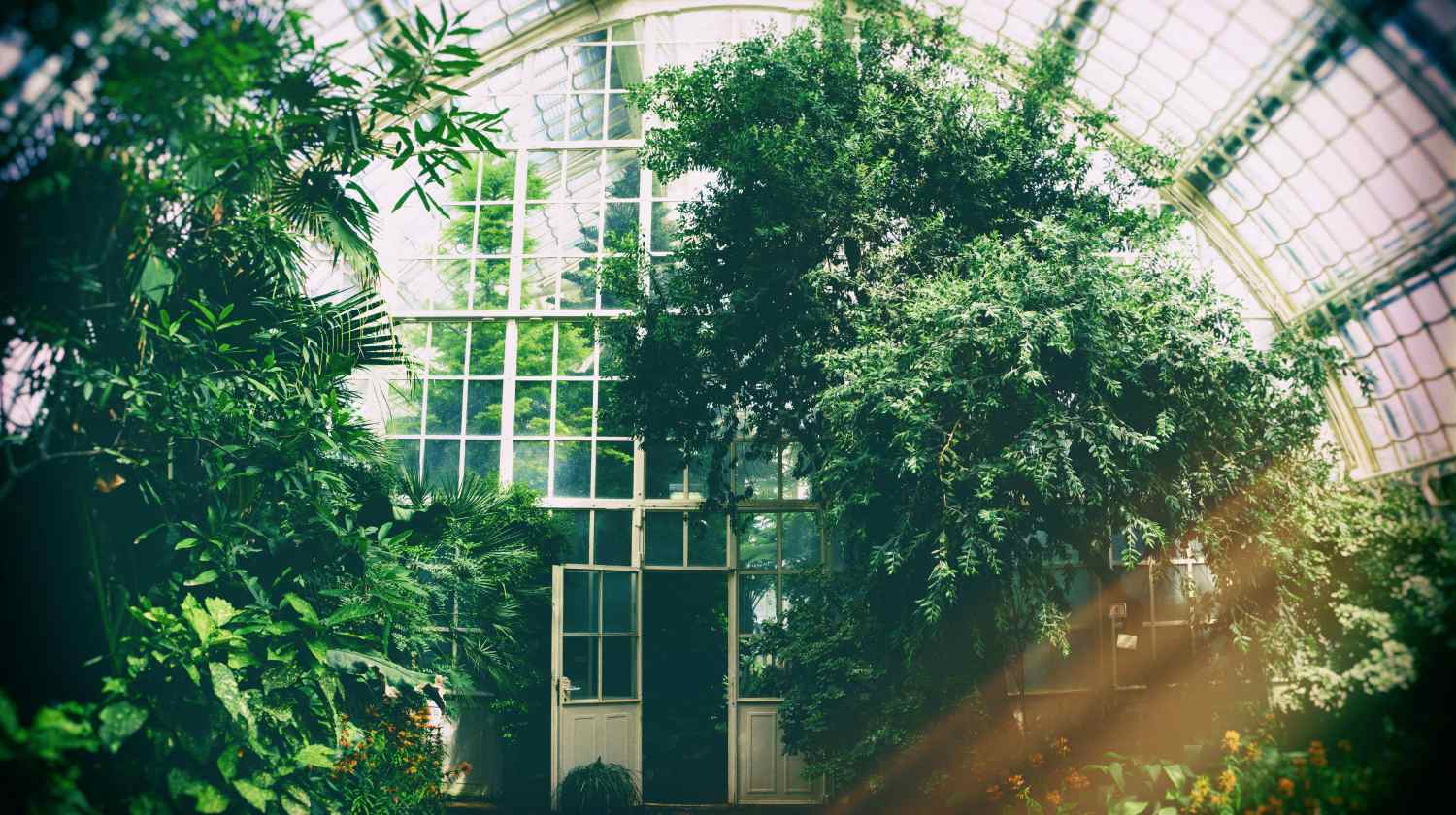
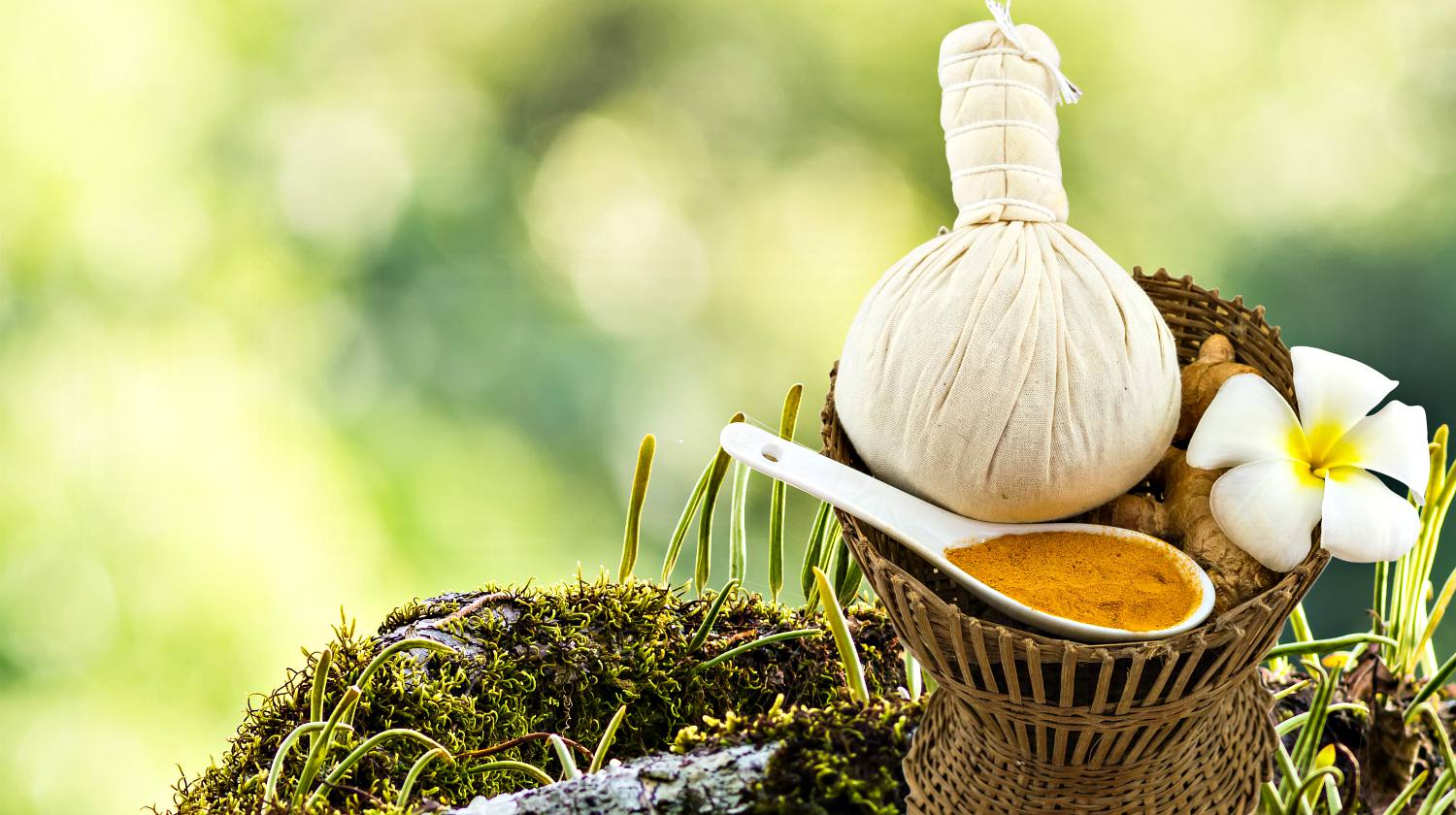
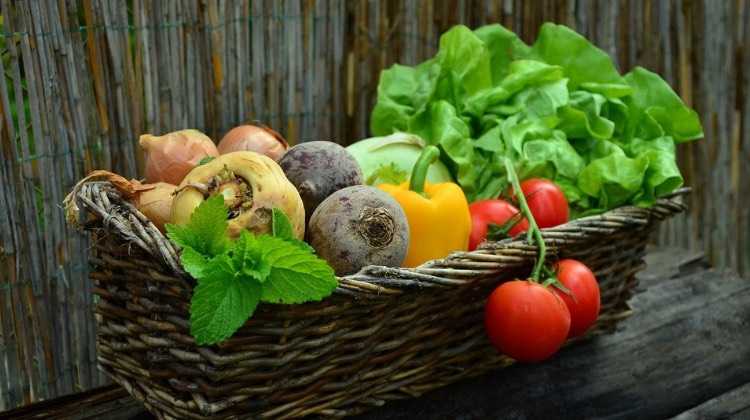

Pingback: 10 Tips for the Urban Homesteader | Survival Life
Pingback: Tips for Growing Food in Small Spaces | SL
Pingback: 20 Survival Gardening Plants For Spring - Survive!